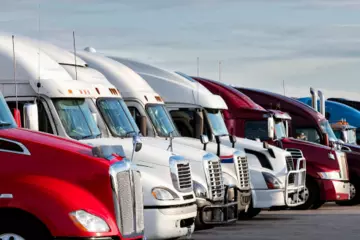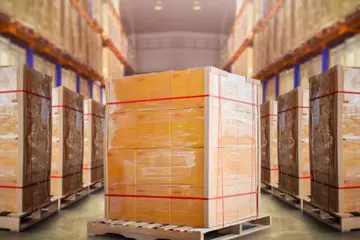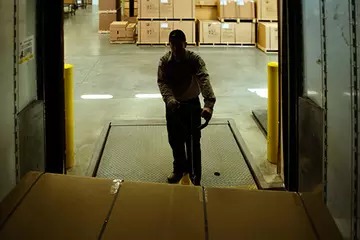Find the most efficient way to ship your goods
Does your business rely on parcel shipping for your logistics needs? You might be missing out on the cost-efficiency and reliability of less-than-truckload (LTL) shipping. Although not all small packages can be converted into LTL shipments, there are many times when freight could travel either way.
Understanding how these two services differ can help you determine when your packages could go LTL and when they should ship parcel.
Rethinking your shipping strategy: LTL vs Parcel
Many businesses find parcel services cost-effective for sending smaller, lighter packages to residential or business addresses. However, when shipments become larger or more frequent, LTL can offer significant advantages.
Use this chart to quickly compare, then keep reading for more detail about LTL options:
| LTL | Parcel | |
| Option to deliver to residential addresses | ✓ | ✓ |
| Dedicated account support | ✓ | X |
| All packages in the shipment arrive at the same time | ✓ | X |
| Ideal for large, heavy or irregularly shaped items | ✓ | X |
| Ideal for shipping a few small packages | X | ✓ |
| Cost-effective for large shipments | ✓ | X |
LTL vs. Parcel
Additional delivery options
It’s a common misconception that LTL carriers only deliver to facilities with loading docks — many offer residential delivery, too.
While parcel options typically end there, LTL also offers the ability to pick up at a nearby service center. This is especially beneficial for high-value shipments since customers may not want expensive items sitting on their doorsteps.
More accessible customer service
Sometimes delays and issues occur during shipping. When this happens, you need an immediate contact that can help. For parcel shippers, your only contact may be through a customer service line. LTL can offer more ways to get help when you need it. In addition to a customer care line, some LTL carriers provide contact information for their local freight facility, and if you are a frequent shipper with them, you will often be assigned an account manager to assist when you need it.
Freight arrives at the same time
Unlike parcel orders, which are typically packaged and shipped separately, LTL shipments are packed together, travel together and are delivered together. Because your entire order arrives all at once:
-
You’ll only have one tracking number, which makes managing orders more efficient
-
It will take less time to load and unload, which can help your customers improve their dock operations by reducing the time spent receiving and unpacking goods
-
You’ll have fewer trucks going to the same destination, which saves you money and can improve your carbon footprint. Learn more about the sustainability benefits of LTL.
Fewer size and weight restrictions
Most parcel providers won’t accept heavy or irregularly shaped products. This is due to how packages are moved throughout their facilities and network. For many parcel carriers, items must be able to move on conveyor belts for sorting and be loaded safely into trucks by hand. LTL has fewer limitations, making it a more affordable and efficient option for large or awkwardly shaped goods.
Competitive rates for larger volumes
Consolidating your freight into LTL can provide savings when compared to parcel. This is because LTL carriers combine multiple businesses’ shipments into one trailer — spreading transportation costs out and creating a cheaper cost per unit.
Convert your shipments to LTL with ArcBest
While parcel shipping can certainly be a good choice, making the switch to LTL can significantly enhance your business's logistics strategy. By leveraging LTL, you not only gain access to more cost-effective rates for larger shipments but also benefit from specialized handling and additional services that ensure your goods arrive safely and on time.
Whether you're looking to streamline your shipping process, reduce costs or accommodate growing shipping demands, LTL offers the flexibility and efficiency needed to meet your business's evolving needs. Explore ArcBest’s LTL services to get started.
New to LTL shipping? This guide to less-than-truckload covers the ins and outs.







